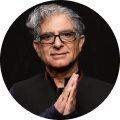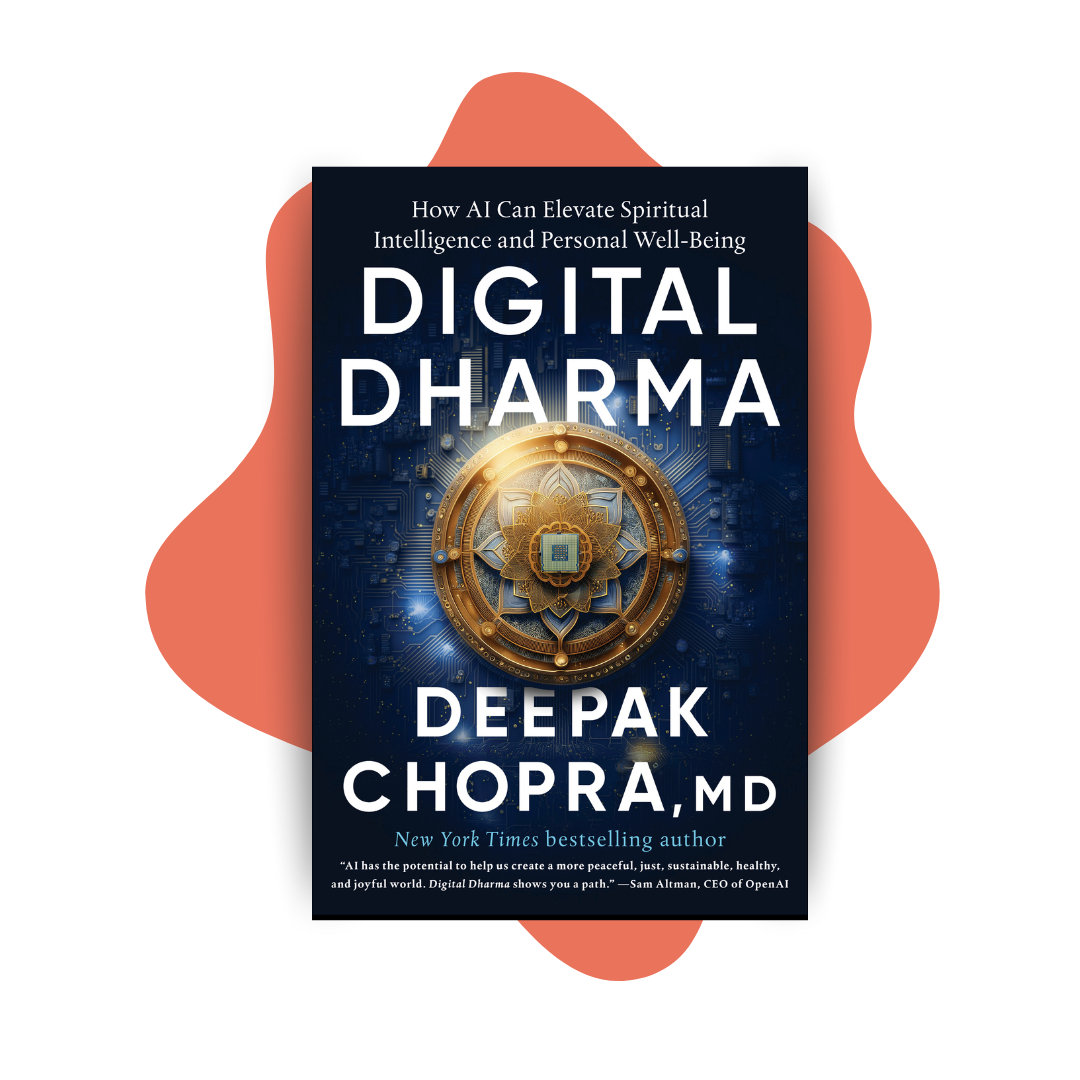How to Write Your Memories in Air.
When your mind and heart are truly open abundance will flow to you effortlessly and easily.
Memories are cherished or feared, depending on whether they are good or bad memories, so it makes sense to have as many happy experiences as possible. We can call this sound psychological advice, but spirituality is different. From the ancient Indian tradition comes a saying: “First experiences are written in stone, then in sand, then in water, and finally in air.”
In this one sentence the path of enlightenment has been encapsulated, once you unravel what the sentence means. It concerns the ability of experiences to stick with us as memories. If a memory is so strong that it makes a deep, even lifelong impression, it is like words engraved in stone. To find freedom, to live in the present moment, you can’t be bound up in the past, which is what strong, sticky, stubborn memories do. Therefore, the spiritual path isn’t about getting as many positive memories as you can. It’s about whether your memories are holding you back, overshadowing the present with ghosts from the past.
The past is a mental illusion created by memories. The present moment is free from the past, and as we live in the moment more and more, our memories loosen their grip. As the Indian axiom says, they are no longer engraved in stone but are like writing in sand, then water, and finally air. If this sequence sounds mysterious, that’s chiefly because modern Western science hasn’t solved the mystery of memory in the first place.
In functional terms, memory is the ability to record, store, and retrieve information. Using this definition, magnets “remember” to hold their charge, rubber remembers to snap back after being stretched, a heart cell remembers how to beat, and computers remember anything that can be coded digitally into bits consisting of ones and zeroes. But human memory, while resembling all those things, is so mysterious that no explanation for it has ever been devised.
The mystery of human memory will only be solved when two other mysteries, time and the self, are solved. When Einstein revolutionized physics by introducing relativity, time became flexible, and modern theories went on to make time reversible as well. Yet human experience had already done both things, and more. In memory, we bring back the past in a kind of mental time travel that reverses clock time, which always moves forward.
But this provides a major clue about the deceptions created by memory, because no journey into the past is actually happening. Memories occur in the present. In terms of physiology this must be so, because all cells, including the neurons in the memory centers of the brain, operate only in the present. We retrieve a memory by activating a stored impression—no one knows how recall actually works, but no one doubts that it exists—and when activated, an impression from the past brings along not just simple raw information but visual images, emotional charges, and highly individual coloring. That’s why no two family members have the same memories of how they were brought up. The screen of memory casts different movies for each.
The fact that memories are individual is obvious, but why this is so remains mysterious. Somehow we must account for the second human element, the self. The self is peculiar because it is made up of memories but also creates them. If you take all the labels that define your identity, such as race, gender, language, profession, etc., these are the accumulation of memory. Lose those memories and you will be suffering extreme amnesia.
Yet there is a self that transcends memory, having nothing to do with any label you can apply. There are hundreds of cases of young children who remember past lives that have been authenticated—typically the memory is of a violent or traumatic death. Being able to cross the boundary that separates life and death implies that there is a self that transcends a single lifetime and has no regard for the boundaries of time.
On the one hand, human memory gives us freedom from the limitations of clock and calendar. Our minds are able to travel freely through multidimensional space-time continuum, including glimpses into the future. On the other hand, memory traps us in illusion and confusion. As we grow older and gain a longer time perspective the lines between past, present and future become increasingly blurred, and events that took place decades ago seem as if they happened just yesterday. More severely, it is now thought that mental disorders like anxiety and depression are at least partially learned behaviors that keep returning because we cannot un-remember them.
This sketch barely touches upon the mystery of human memory, but it makes clear how unstable, fickle, transient, unreliable, and complicated the whole area of human memory is. This brings us back to the notion of writing memories in air, i.e., escaping the problems caused by memory. If you could do that, the following would happen:
You would no longer be hurt by painful memories.
You would live in the present.
You would not be subject to the distortions and illusions of memory.
Your awareness would be a clean slate.
You wouldn’t be fixated on the story you have been living since you were born.
The reason these things aren’t happening is due to the workings of memory. The burden of the past is entangled in everything you call “I, me, and mine.” In order to drop this burden, you cannot expect your ego-personality to help, because it is entirely the creation of memory, and therefore it clings to the past with tenacious stubbornness. The only answer is to transcend memory, which is what “written in air” means. You align yourself, not with your ego-personality, but with something much simpler and more basic: your sense of self.
Your sense of self is unaffected by time. It is the simple experience of “I am” that has always been with you. “I am” gets filled in by “I am X” or “I am Y,” but this doesn’t have to happen. Beyond I am hungry, I am smart, I am male, I am a musician, or any sentence beginning with “I am,” there is “I am” itself. When you align yourself with the fact that you exist and are aware of existing, everything changes. Functional memory continues to work—your body and brain don’t forget what they are supposed to be doing.
But personal memory loses its grip. This happens because “I am” is the gateway to pure consciousness, which is your true source. From the source flows intelligence, creativity, love, compassion, insight, and bliss. These are the highest values in life, and we deserve to access them without the interference of memory. None of these values has to be learned and remembered. They are innate; you were designed to experience them first-hand. That’s the ultimate promise of “written in air,” which is how our memories should be.
DEEPAK CHOPRA™ MD, FACP, founder of The Chopra Foundation, a non-profit entity for research on well-being and humanitarianism, and Chopra Global, a whole health company at the intersection of science and spirituality, is a world-renowned pioneer in integrative medicine and personal transformation. Chopra is a Clinical Professor of Family Medicine and Public Health at the University of California, San Diego and serves as a senior scientist with Gallup Organization. He is the author of over 90 books translated into over forty-three languages, including numerous New York Times bestsellers. His 90th book and national bestseller, Metahuman: Unleashing Your Infinite Potential (Harmony Books), unlocks the secrets to moving beyond our present limitations to access a field of infinite possibilities. For the last thirty years, Chopra has been at the forefront of the meditation revolution and his latest book, Total Meditation (Harmony Books) will help to achieve new dimensions of stress-free living and joyful living. TIME magazine has described Dr. Chopra as “one of the top 100 heroes and icons of the century.” www.deepakchopra.com
Jack A. Tuszynski, Ph.D., D.Sc. Professor, Department of Physics, Adjunct Professor, Department of Oncology, Adjunct Professor, Department of Biomedical Engineering
Member, The Li Ka Shing Institute of Virology, University of Alberta, Edmonton, AB, Canada
Brian J. Fertig, MDF.A.C.E. Diabetes, Endocrinology & Metabolism, Associate Professor Robert Wood Johnson Medical School, Chairman, Department of Diabetes & Endocrinology Hackensack Meridian Health at JFK University Medical Center, President Diabetes & Osteoporosis Center

